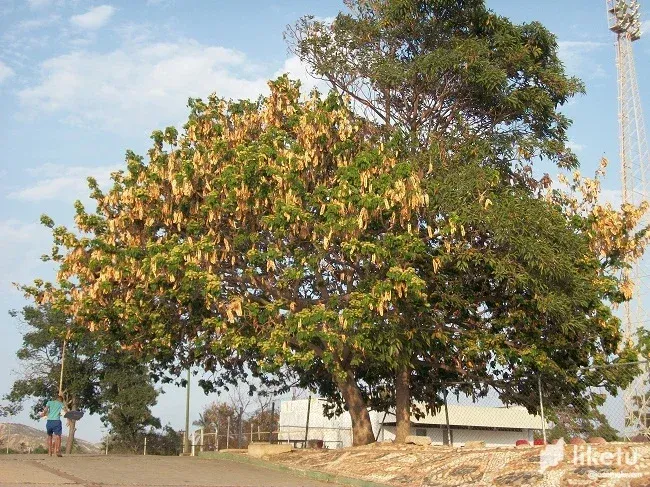
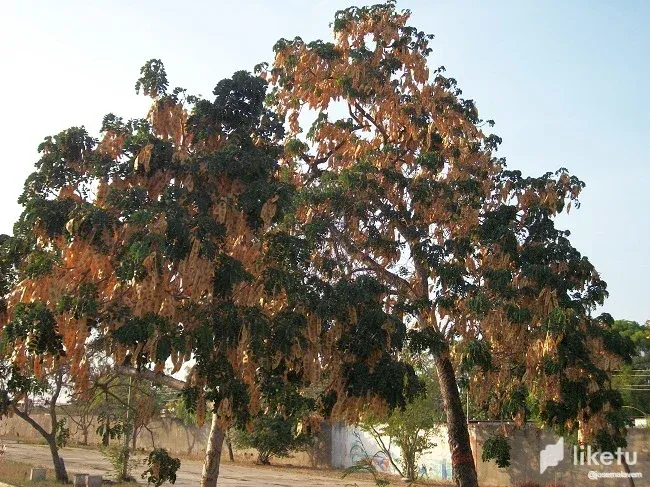
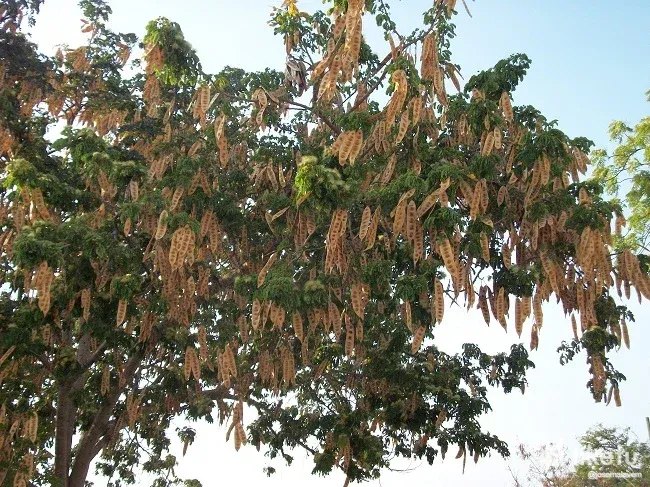

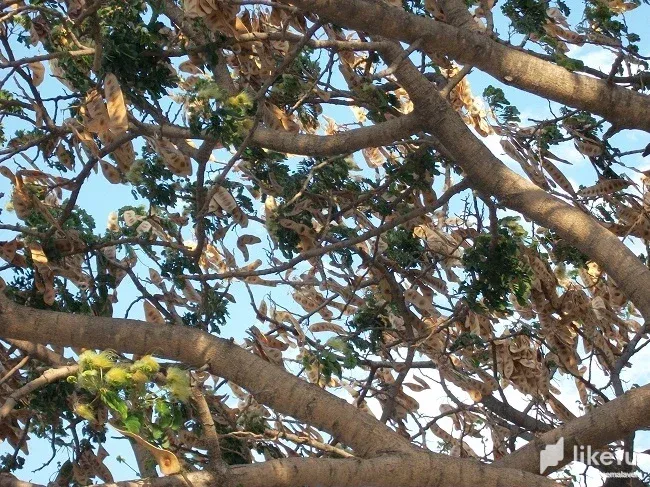
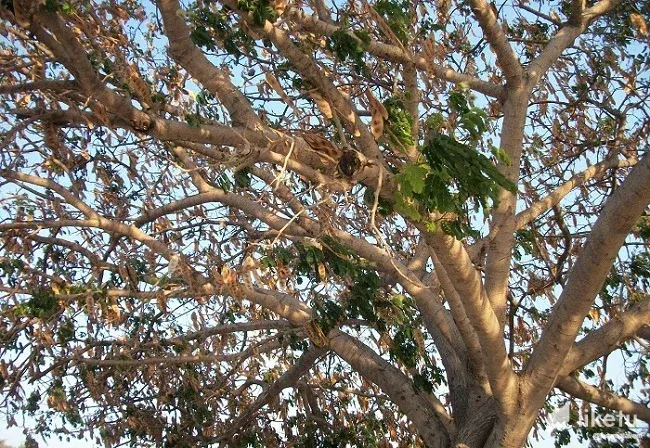
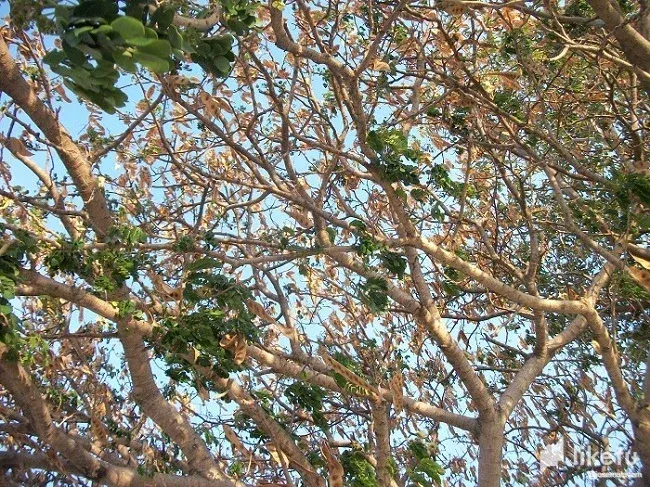
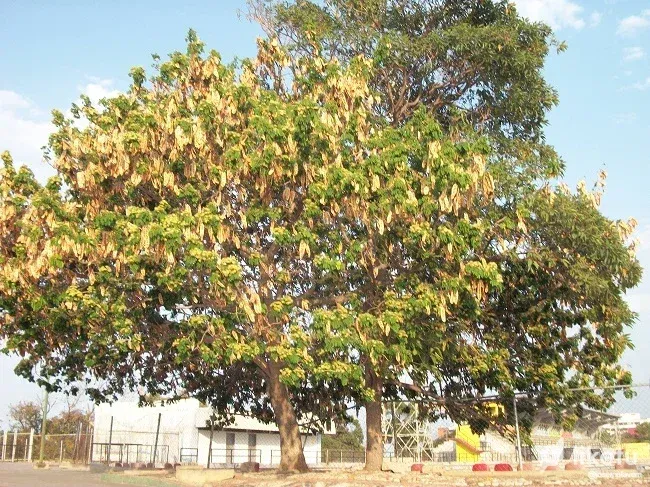
ESP
En un Domingo de Resurrección, y por lo que tiene de renacer abril y la primavera (aunque no la vivamos como estación en Venezuela), creí propicio compartir con ustedes las fotos que hice en mi ciudad (Cumaná), hace unos días, a un atractivo árbol. Se trata de una acacia amarilla, que al parecer en ciertos lugares del país llaman “lara”, y en otros países “ébano de oriente” y “siris”. Su nombre científico es albizia lebbeck, y, como podrán leer en la referencia indicada, es natural del sur tropical de Asia, quizás por eso se dé con facilidad en un país tropical como el nuestro.
No tengo la intención de una presentación botánica, ya que no es mi área de conocimiento, sino solo ofrecer mi apreciación como simple observador amante de la naturaleza. Me llamaron la atención tanto su presencia toda como árbol, al igual que la belleza de sus flores, de un delicado amarillo, un gustoso olor y una sensación de sutileza al tacto (aunque no llegues a tocarla). Pero, particularmente, atrajo la carga de vainas alargadas y planas donde están las semillas; “maracas” es la palabra común aquí para nombrar a ese tipo de formaciones, y es que el sonido que desprenden al ser movidas por el viento es lo más parecido al que se produce con el instrumento musical suramericano, que seguramente tendrá su origen en ese tipo de frutos vegetales. Lamentablemente, mi cámara no tiene en funcionamiento la posibilidad de grabar video, pues me hubiese gustado que escucharan el cautivador sonido que producen al viento como el rumor prístino de la creación.
A continuación las fotos que le hice a varios especímenes en el mismo lugar.
ENG
On Resurrection Sunday, and because of the rebirth of April and spring (although we do not live it as a season in Venezuela), I thought it appropriate to share with you the photos I took in my city (Cumaná), a few days ago, of an attractive tree. It is a yellow acacia, which apparently in some parts of the country is called "lara", and in other countries "ebony of the east" and "siris". Its scientific name is albizia lebbeck, and, as you can read in the indicated reference, it is native to tropical South Asia, perhaps that is why it is easily found in a tropical country like ours.
I do not intend a botanical presentation, since it is not my area of knowledge, but only to offer my appreciation as a simple nature-loving observer. I was struck by its presence as a whole tree, as well as the beauty of its flowers, of a delicate yellow, a tasty smell and a feeling of subtlety to the touch (even if you don't get to touch it). But I was particularly attracted by the load of elongated and flat pods where the seeds are; "maracas" is the common word here to name such formations, and the sound they give off when moved by the wind is the closest thing to that produced by the South American musical instrument, which surely has its origin in that type of vegetable fruit. Unfortunately, my camera does not have the ability to record video, because I would have liked you to hear the captivating sound they produce in the wind as the pristine rumor of creation.
Here are the photos I took of several specimens in the same place.
For the best experience view this post on Liketu